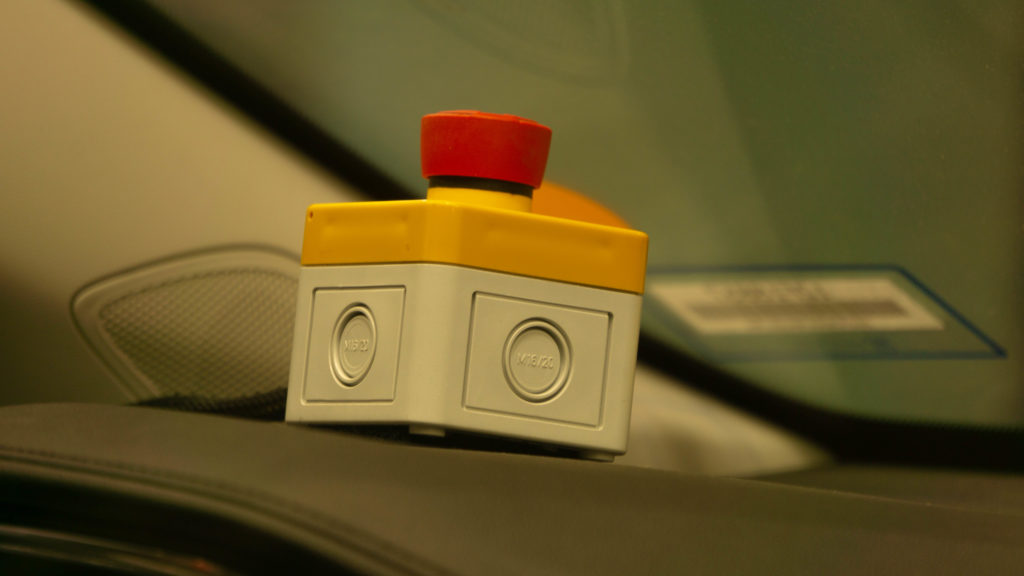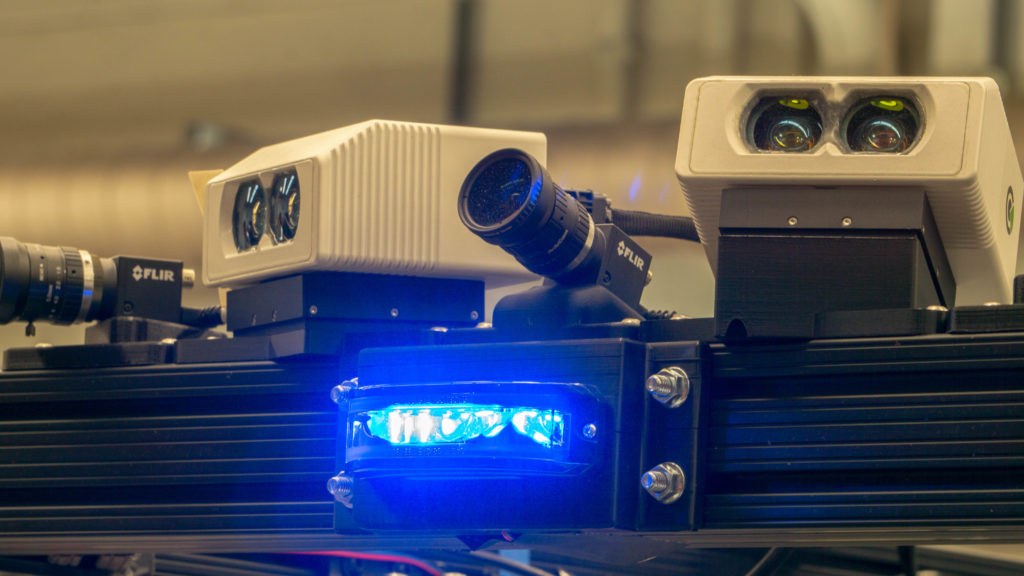As self-driving cars transition from futuristic concept to imminent reality, engineers face a monumental challenge, requiring a balance of innovation and caution: ensuring the safety of passengers and pedestrians where any failure could result in significant damage.
Looking to the future of transportation, autonomous vehicles may hold the potential for safer, faster journeys. But, assessing their safety isn’t a smooth ride, especially when any test failure could mean serious damage. So, how do engineers ensure the quality of these vehicles? Before they can develop critical safety systems, engineers must identify, categorize, and distinguish the concerns that accompany self-driving cars.
One of the factors of autonomous driving safety is hazard detection. The autonomous system’s ability to detect and react to potential dangers consistently and reliably is essential for a secure journey. Most autonomous cars currently give drivers the option to take over. However, the problem increases in complexity when considering the risk of having two competing “drivers” behind the wheel.

Picture two individuals, each with their own set of instructions and reactions, attempting to control the same vehicle on a straight, well-paved road with clear skies ahead. The driver’s attention may easily drift away from the task at hand but the conflicting commands between the vehicle’s programming and the driver could pose a serious threat on the road. Or, a sudden system malfunction, disrupting an otherwise uneventful drive, is the worst possible scenario for this autonomous vehicle.
According to Wisconsin Autonomous, a student organization in the College of Engineering, one of the most essential components of a smooth user interface is the ability to detect when the user intends to take control. A common way to achieve this involves using a torque-sensing system. If the driver applies any force to the steering wheel, then the system gives permission back to the driver. In an urgent situation, the vehicle first gives the human time to act before the co-pilot takes over.
Simulation plays an important role in this scenario in enhancing the safety of autonomous vehicles by providing a controlled environment to test various scenarios and edge cases. Through advanced simulation platforms, developers replicate real-world driving conditions, including sudden weather changes, pedestrian crossings, and road obstructions. Subjecting the autonomous system to diverse scenarios helps identify vulnerabilities and fine-tune algorithms without jeopardizing the safety of actual passengers or other road users.

Despite its advantages, simulation is limited when capturing the complexity of physical environments. While preparing for the AutoDrive Challenge, Wisconsin Autonomous observed that certain small factors such as tire wear, location of the steering wheel, and ground friction can have noticeable impacts on the simulation result.
One solution to assess safety in these changing conditions involves using continuous feedback loops. The system continuously gathers data through these mechanisms, processes it, and then adjusts its behavior based on the observed outcomes.
A type of feedback loop employed by Wisconsin Autonomous is the Proportional-Integral-Derivative (PID) controller. The “proportional control” is how much you turn the steering wheel based on how far off you are from the road’s center. “Integral control” is making smaller adjustments based on previous errors to improve the vehicle’s alignment. The “derivative control” is decreasing the turn’s speed as you approach the center to prevent overshooting.
“[You] can never hold the steering wheel perfectly straight. Once you see the car leaning towards another lane, you will consciously steer back, so you go back to the center,” states Wisconsin Autonomous Infrastructure Lead, Patrick Chen, describing one way that autonomous driving accounts for the safety of the driver through feedback loops.
Just as a human driver constantly evaluates and adjusts their driving based on the ever-changing conditions of the road, autonomous vehicles must also rely on constant feedback to ensure safe and efficient performance on the road. Through safety protocols and controlled testing environments, engineers can pave the way towards a future of autonomous transportation.

